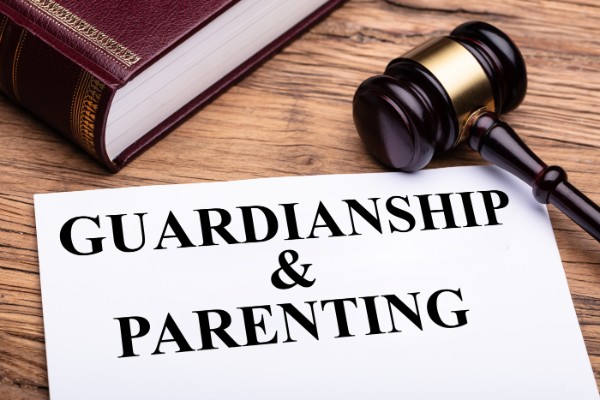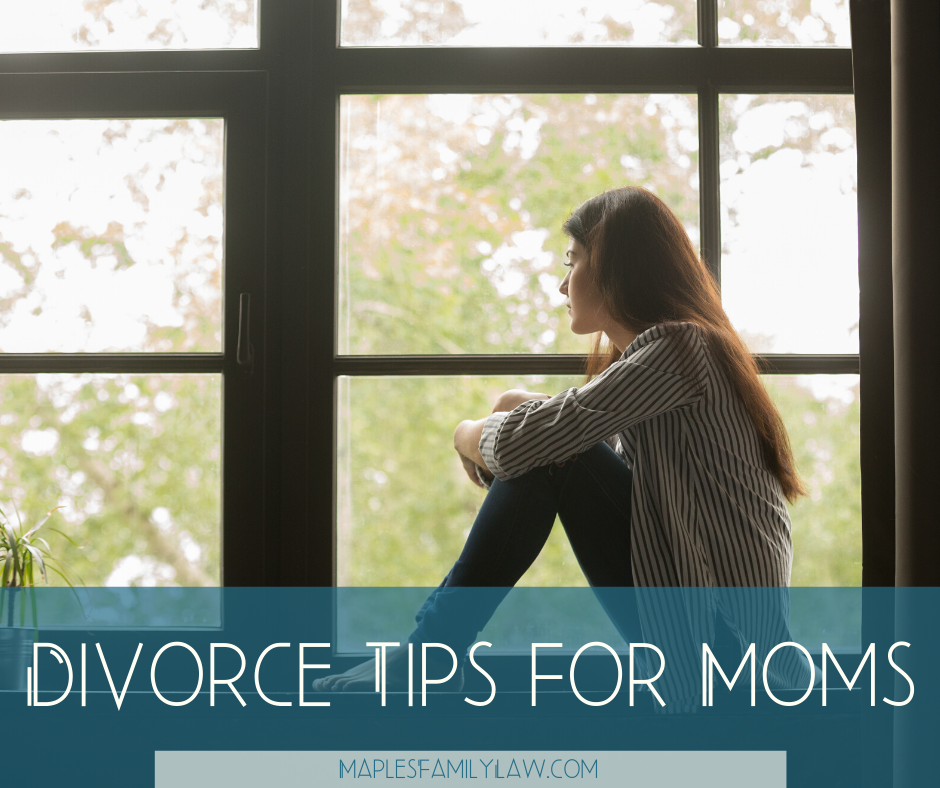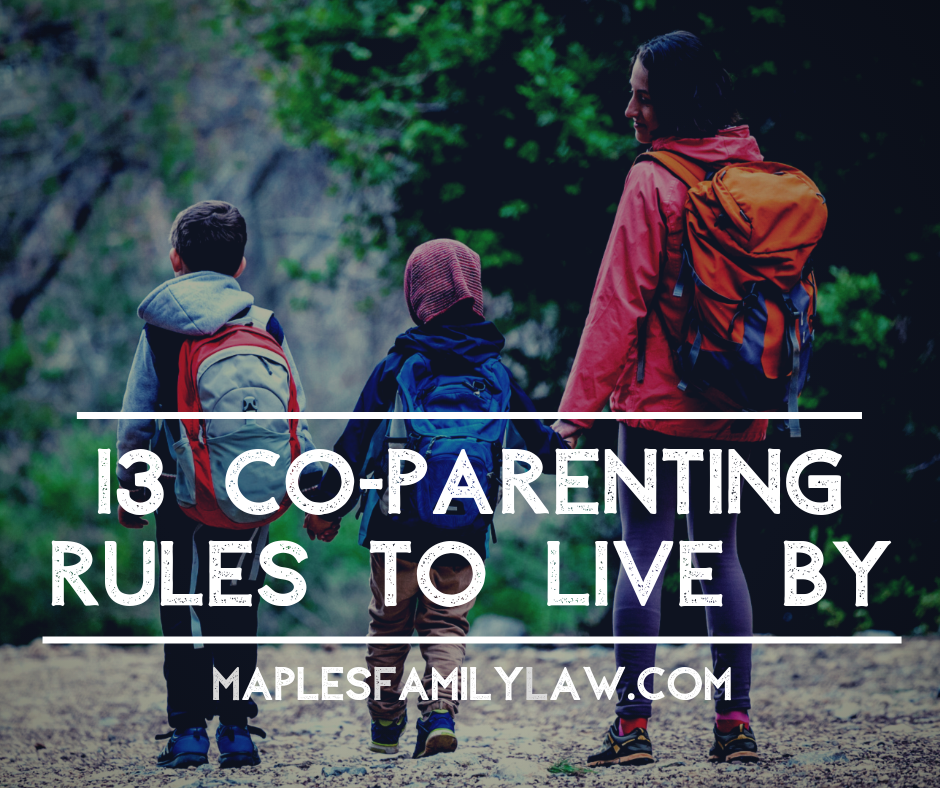 Child Custody
Child Custody
Visitation Schedules
Between school and work schedules, the modern family has a lot going on. As a result, even when both parents are qualified, it’s not always possible for California courts to split a child’s time fifty/fifty.
When this happens, the court will sometimes choose a primary residence for the child, and award the non-resident parent ample visitation.
Visitation comes in several types and can be either scheduled or not. This important parental right ensures both parents have time to cultivate a meaningful relationship with their child and to influence how they’re raised.
Here’s what you need to know about visitation schedules in California, and what Maples Family Law can do to help you figure out the plan that’s right for your family.
What is Visitation?
Visitation is a critical part of child custody, and refers to the allotted parenting time given to a non-custodial parent. This in-person time is critical to maintaining parental rights, and ensures both parents have access to their child.
When visitation is planned in advance, this is called a visitation schedule. Visitation schedules can be as detailed or flexible as parents can handle; some need everything planned out, while others work better on an as-needed basis.
Visitation—whether scheduled or not—is only really applicable in situations where one parent is assigned sole physical custody. If both parents have their child for an equal (or close to) amount of time, this is called joint custody.
In California, all custody decisions—including visitation—will be determined, according to a child’s best interest.
Figuring Out the Visitation That’s Best for Your Child
The best interest of the child is a legal standard that makes a child’s long-term health and wellbeing the driving force behind every decision made.
When applied to custody and visitation, the court will weigh a number of different individualized facts, and choose the outcome that will serve your child best.
Some of these considerations include:
- The child’s age;
- The child’s health;
- The child’s relationship with each parent;
- The child’s ties to school, home, and community;
- Each parent’s ability to care for the child; and,
- Any history of family violence or substance abuse.
Judges are also free to consider any other tidbits they think might be relevant to this decision—though, we should point that, that a parent’s wishes will never be one of those morsels.
Types of Visitation
Like with everything else in family law, visitation isn’t a one size fits all situation. Families are each unique, and thus, each will need an arrangement tailored to their child’s unique needs.
To accommodate all these varying needs, California family law offers four main types of visitation. These include:
- Scheduled Visitation
- Reasonable Visitation
- Supervised Visitation
- No Visitation
Here’s a closer look at each of these, and when you might use one over the other during a custody dispute.
1. Scheduled Visitation
When people think of visitation, scheduled visitation is usually what comes to mind. In this arrangement, a child’s time with each parent is planned out—often in fairly significant detail.
Often, this calendar often will include information about:
- The dates and times with each parent;
- Drop off times and locations;
- Where the child will spend major holidays;
- Who gets the child on birthdays;
- School schedules, summer holidays, and family vacations; as well as,
- Directions for how special events will be handled.
Contrary to popular belief, parents do not have to use the court in order to get a scheduled visitation. Parents are always free to make their own parenting plan, and can tailor it to meet their family’s specific needs. If you can’t, though, then the court will draft one for you.
This is usually done using a standard visitation schedule as a starting point. These standard schedules come in a variety of different formats, such as alternating weeks, every other weekend, and even age appropriate schedules, depending on the child’s needs. (For example, a daytime only schedule for a newborn baby.)
Scheduled visitation is often preferred over other types of visitation, since both parents know what to expect. This helps them to avoid conflict, and provides children with a set routine. However, not all parents like the rigidity of a scheduled arrangement, which is why some choose our next option.
2. Reasonable Visitation
Unlike scheduled visitation, reasonable visitation does not try to plan everything out. Instead, parents agree to allow the other a “reasonable” amount of time with the child, and get to decide—on their own—what, exactly, that means.
Reasonable visitation is essentially an open-ended, “fly by the seat of your pants” arrangement, and offers families a lot of benefits. Like flexibility, and ongoing communication. Because of this, they work particularly well for amicable divorces, unmarried parents, and those with unpredictable work schedules. However, it’s definitely not for everyone.
With no structure in place—or, even a definition of what “reasonable” might be—this type of visitation can easily lead to disagreements, requiring parents to head back to court again, later on down the road.
3. Supervised Visitation
In a supervised visitation arrangement, a parent’s time with their child is chaperoned. This can be done either by a neutral third party (such as a family friend or family member), or, in some cases, may require a paid professional (such a social worker).
Judges usually require supervised visitation, when the health and safety of the child are in question. Sometimes, this is because of domestic violence. Other times, the court might be worried about mental illness, substance abuse, or even, parental abduction. However, supervised visitation doesn’t always mean you’ve done something bad.
Supervised visitation is also used to help parent and child ease into a relationship, if the two haven’t seen each other in a long time.
4. No Visitation
And finally, there’s our least commonly used type of visitation: no visitation.
We say “least commonly used,” here, because parental rights are pretty dang important in California. Hence, in order for the court to completely restrict a parent’s access to their child, the threat of harm has to be fairly significant.
This is usually implemented in cases of known domestic violence, where the threat of physical and/or emotional harm still exists. In California, the court will not put a child in danger just to uphold a parent’s right to access. That being said, keep in mind that you (as a parent) don’t get to make that call.
In California, parents are not allowed to withhold visitation for any reason. Doing so could put your own parental rights at risk, and prompt the court to reevaluate your custody order.
If you believe your child is in danger, then you should call the authorities. Afterwards, talk to your family law attorney about filing a formal case.
Do You Need Help with a Visitation Schedule in California?
As a divorced or unmarried parent, your allotted parenting time is a critical part of establishing and maintaining a relationship with your child. That’s why it’s so important to have the right attorney fighting for your rights during a custody dispute.
If you have more questions about visitation schedules in California, and how one might work in your situation, we want to hear from you. Call the Maples Family Law team at (209) 989-4425, or get in touch online, and let us fight for the arrangement that’s in your child’s best interest.























